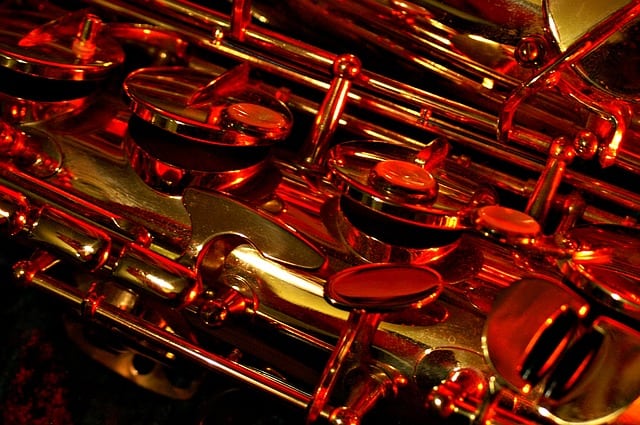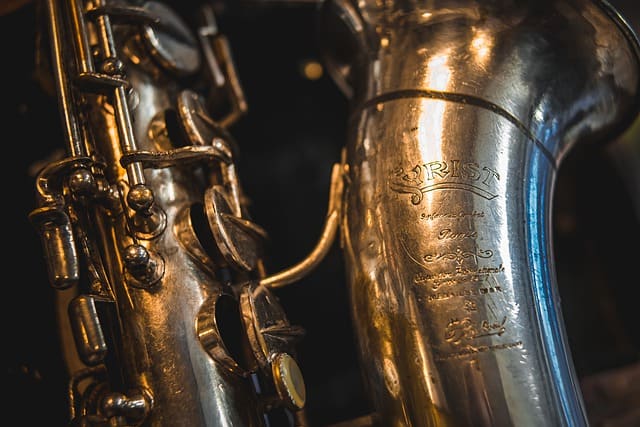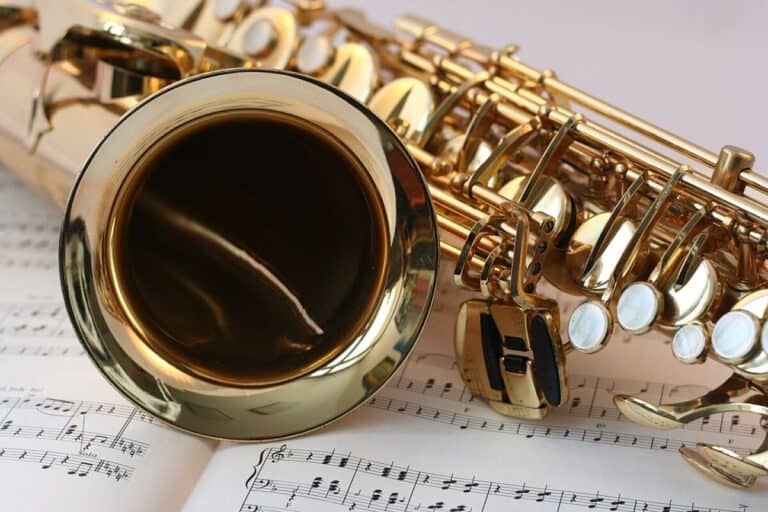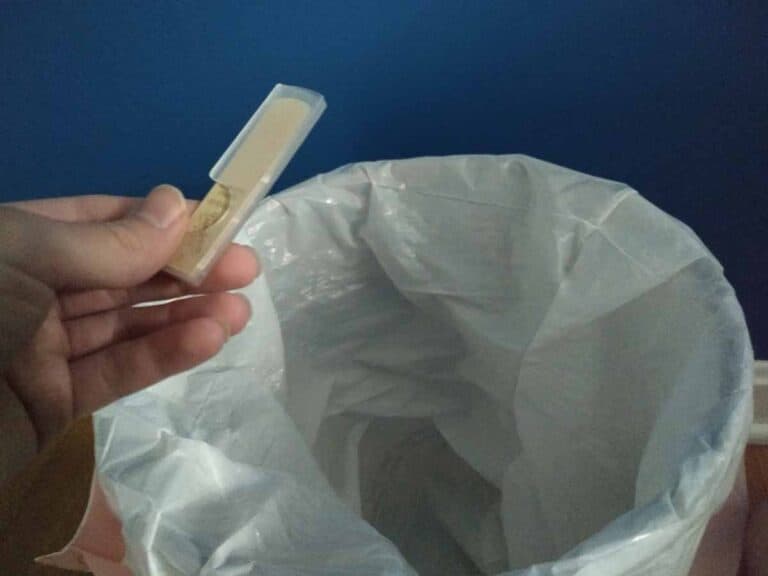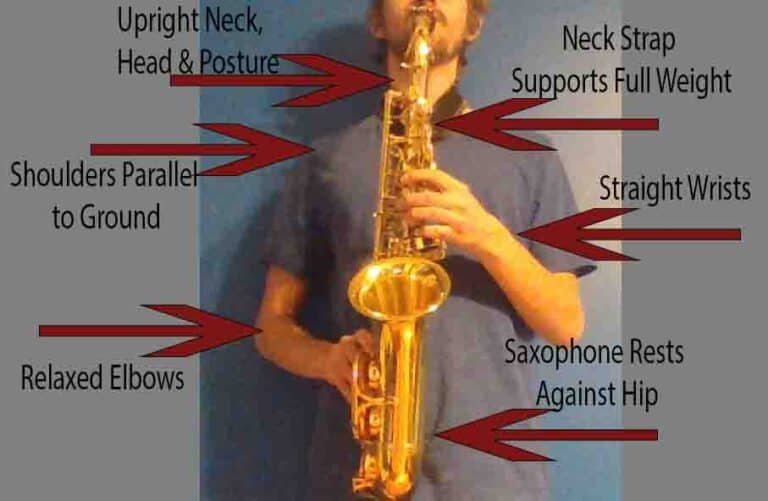Can You Use Brasso on a Saxophone?
You are probably here because you’re looking for options to polish your saxophone, and you’re considering using Brasso. While this might at first seem reasonable given that saxophones are often made of brass, this is actually a terrible idea.
Never use Brasso on a saxophone. The ammonia in the Brasso is harmful to the lacquer and can also severely damage the pads and machinery if they come into contact. Fortunately, there are plenty of ways to polish a saxophone other than with Brasso.
We’ll get into why exactly you should avoid Brasso for saxophones, and then we’ll discuss what you can use instead.
Why you shouldn’t use Brasso
While Brasso is sometimes acceptable to use on bare brass, it is usually destructive to a saxophone. The lacquer of a saxophone will get damaged by the Brasso, and old unlacquered saxophones can have their sound ruined by it.
Essentially, the problem with Brasso is that it is a risk to just about every part of the saxophone, regardless of the material it is made of.
Most saxophones are made of brass and are lacquered. Some are made of unlacquered brass, and a few are made of silver.
As mentioned previously, Brasso tends to remove lacquer. If your saxophone is lacquered, you should therefore avoid using Brasso entirely.
It can be tempting to use Brasso on unlacquered brass, and indeed this is perhaps plausible for some saxophones. However, I’ve heard anecdotally that this can change the sound, most often for the worse. Do this at your own risk.
For silver saxophones, Brasso should be out of the question. Silver is softer than brass, and Brasso is a highly abrasive substance intended for use on brass. You will likely remove a small layer of silver if you use Brasso on a silver saxophone, and doing this on a regular basis will remove a substantial amount of material from the instrument.
In general, it is best to stay away from abrasive cleaners for saxophones. This is especially true for cleaners that contain ammonia, such as Brasso. You’re risking damage to your instrument when there are much better alternatives.
What to do instead
You can clean the outside of your saxophone with a microfiber polish cloth and a few drops of water. If you need a stronger clean, you can apply a few drops of non-abrasive lacquer polish (such as pledge) to your cloth and wipe down the lacquer.
One of the best tools for cleaning the exterior of the saxophone is a microfiber polish cloth. If you do not already have one, you should probably get one before attempting to polish your saxophone.
For the most part, you can get fingerprints and oils off the outside of the saxophone if you gently wipe it down with the polish cloth. If you find this difficult, try putting a few drops of water on the cloth and try wiping it down again.
If you aren’t able to get any spots off with just a polishing cloth and water, it is acceptable to use a light non-abrasive cleaner. For instance, the cleaner Pledge works fairly well on brass, and it is designed not to damage lacquered surfaces such as the exterior of the saxophone.
To use a cleaner such as Pledge, apply a few drops to your polish cloth. Then gently wipe down the lacquered parts of the saxophone. It is best to still stay away from the keys, rods, other machinery, and pads. Though the brass of a saxophone can handle cleaners, you don’t want it getting inside the machinery of the instrument. This can permanently slow it down.
Also, the pads are extremely delicate and can be destroyed by most fluids, including water. So keep the cleaner away from the pads, regardless of what you use. It is best to wipe the cleaner off the saxophone afterwards, with a clean polish cloth. It may help to have a second one for this purpose.
As an absolute last resort, it may be acceptable to use a very light abrasive, such as lemon oil. Don’t forget to apply it to the cloth first, and wipe it off afterwards (with a clean polish cloth and perhaps some water).
You can’t really remove scratches from a saxophone without taking drastic measures, so I wouldn’t try using any cleaner to get rid of those.
Conclusion
You really probably should not use Brasso on a saxophone. It was a clever idea, but it just doesn’t produce a net positive outcome in execution.
I hope that you will give some of the alternatives a shot, and that your saxophone gets the polished look you’re aiming for.

